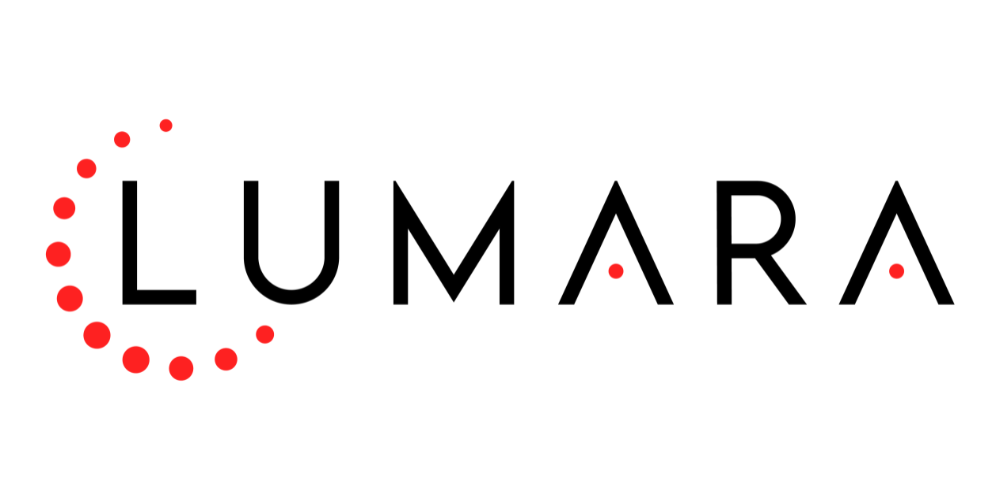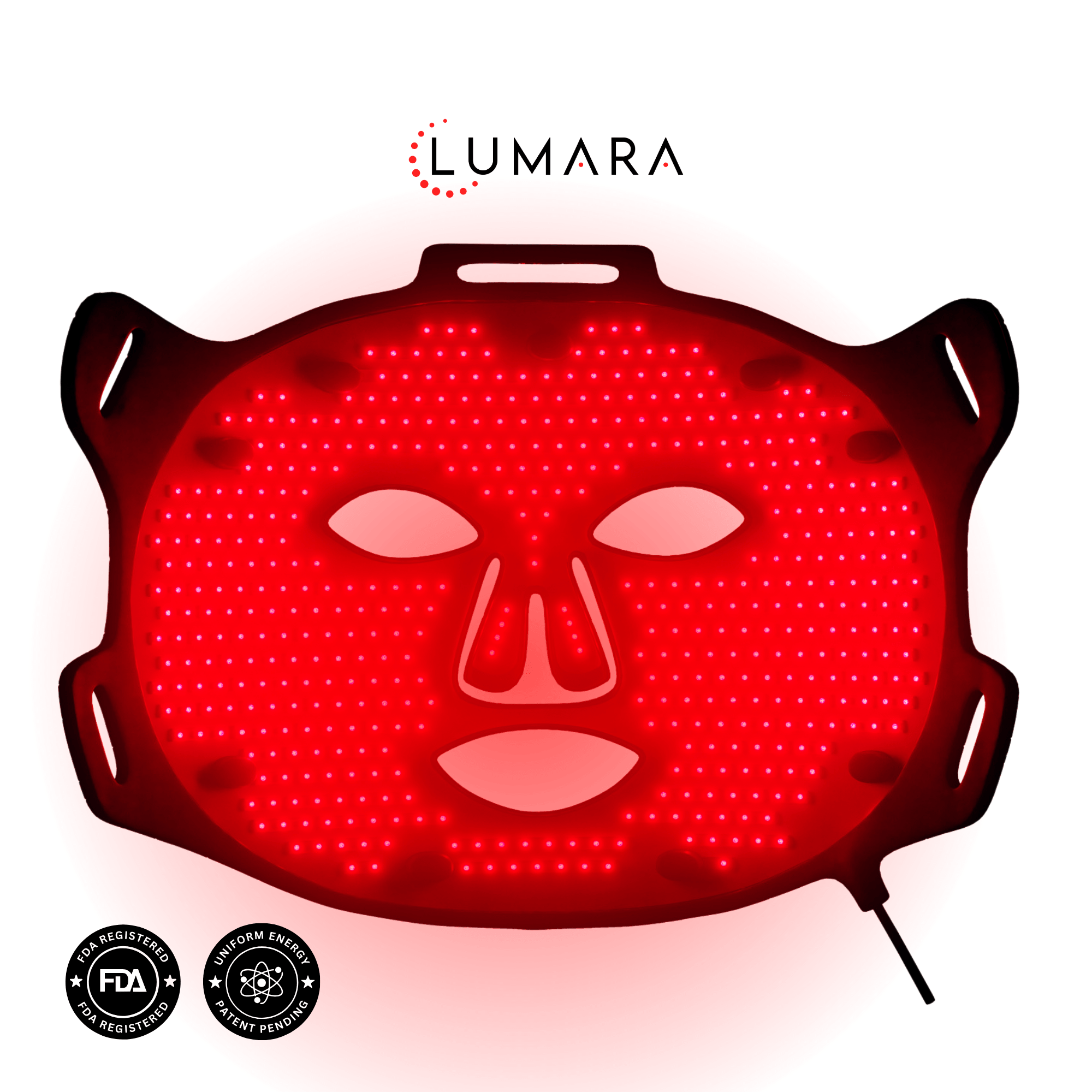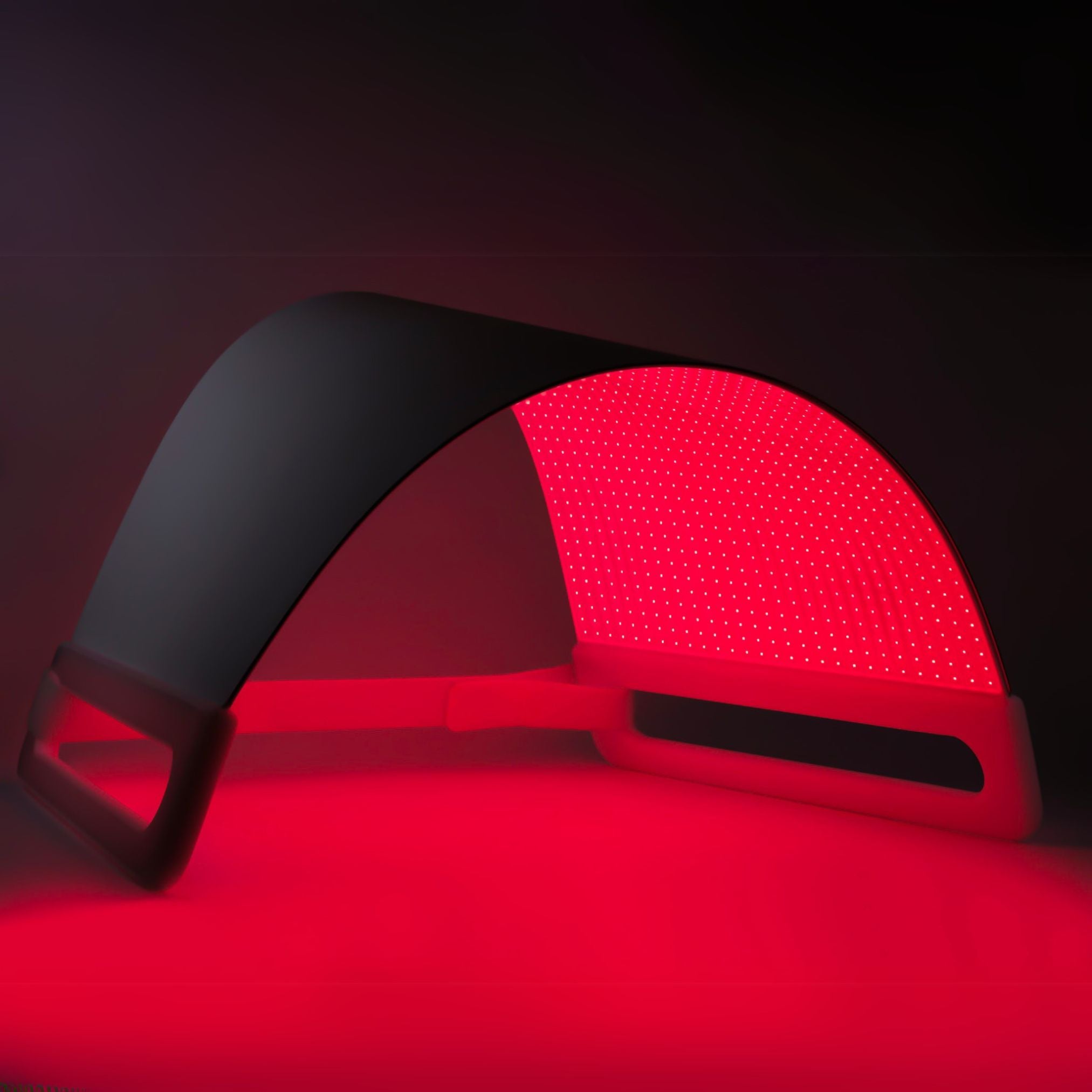Green LED Light Therapy Benefits for Hyperpigmentation
If you’ve tried every serum for your dark spots, you’re not alone.
Hyperpigmentation, whether it’s melasma, sun damage, or those stubborn marks that linger long after a breakout, can be one of the most frustrating skin challenges to tackle.
And the market is flooded with trendy products that promise miracles but deliver very little.
But there’s a quiet shift happening in skincare, a science-backed, non-invasive solution that’s been hiding in plain sight: green LED light therapy.
Often overshadowed by its red and blue counterparts, green light has emerged as a targeted tool for calming inflammation, brightening uneven tone, fading hyperpigmentation, and even helping with migraines.
It’s not just another beauty gadget, it’s rooted in real cellular science and gaining momentum for good reasons.
What Is Green LED Light Therapy, and Is It Actually Effective?

Green LED light therapy uses a specific range of wavelengths, typically between 500 to 570 nanometers, to penetrate the upper layers of the skin where hyperpigmentation, redness, and inflammation live.
Unlike deeper-reaching red or near-infrared light, green light works on the surface, targeting the melanin clusters and inflammatory cells responsible for discoloration and uneven tone.
This makes it uniquely suited for treating surface-level skin issues like age spots, post-inflammatory hyperpigmentation, and sun damage, all without the need for abrasive chemicals, harsh peels, or painful procedures.
The energy from green light stimulates cellular activity in the epidermis, encouraging the skin to brighten, decongest, and normalize melanin production, gently and gradually.
Green vs. Red vs. Blue Light

Each wavelength of LED light serves a distinct purpose in skin therapy:
- Red light (around 660nm) penetrates deeper, stimulating collagen production, reducing fine lines, and accelerating healing by energizing the mitochondria in skin cells.
- Blue light (typically 415nm) targets the surface bacteria that cause acne and helps regulate oil production in acne-prone skin.
- Green light sits right in the middle, both in terms of penetration and benefit. It’s best known for calming skin, reducing redness, and visibly fading dark spots caused by sun exposure, hormones, or inflammation.
People often ask, “Is green better than red?” But it’s not about one being better, it’s about what your skin actually needs.
If pigmentation is your top concern, green light is your specialist.
If firmness or inflammation is the issue, red light may be a better fit. Even better, try using them together for enhanced results.
What the Research (and Dermatologists) Say
While red light therapy has a robust and growing body of research behind it, green light therapy is still emerging, but promising.
Dermatologists have observed its ability to visibly reduce superficial redness, brighten dull skin, and ease pigmentation issues, especially when used consistently over time.
Studies have shown green light’s potential to regulate melanocyte activity (the cells that produce pigment), making it a useful tool for treating conditions like melasma and post-inflammatory discoloration. It has also demonstrated mild anti-inflammatory effects, supporting wound healing and calming reactive skin.
But for many skin care professionals and users alike, the results are speaking louder than the literature. When used with a quality device, one that delivers the correct wavelength and sufficient power, green light therapy is more than a trend.
It’s a genuine therapeutic tool that’s quietly changing the game for hyperpigmentation.
Your Skin at 30+: Hormones, Sun Damage & Melanin

For many women, turning 30 marks a shift, not just in life, but in your skin.
Years of UV exposure start to leave their mark. Hormonal changes begin to affect melanin production. And suddenly, what used to be a fleeting sunspot becomes something deeper, more stubborn, and harder to fade.
This natural redistribution of melanin, often triggered by hormones, inflammation, or trauma to the skin, is what makes hyperpigmentation such a persistent problem for women in their 30s and beyond.
Post-inflammatory marks from past acne or skin irritation can linger far longer than they used to.Green LED light therapy steps in here as a gentle, targeted approach.
Unlike topicals that can irritate or bleach, green light focuses on melanin clusters in the upper dermis, helping to gradually normalize pigmentation and break up areas of concentrated color.
For those struggling with post-inflammatory hyperpigmentation or melasma, it offers a way to fade discoloration over time, without damaging the skin’s protective barrier.
Deeper than Skin Care

Emerging research is adding another layer: migraine relief.
In clinical studies, exposure to green light has been shown to reduce both the frequency and intensity of migraine attacks in some individuals.
It’s believed to work by soothing hypersensitive neural pathways and triggering less photophobic response compared to other wavelengths. For those of us navigating hormonal fluctuations and chronic stress both known migraine triggers this benefit can be life-changing.
When done right, green light therapy isn’t just cosmetic care, it’s comprehensive care for the body, mind, and skin.
What to Look for in a High-Quality Green LED Panel
Choosing the right green LED panel is the difference between investing in real results, or buying a glowing paperweight. Here’s what actually matters when it comes to skin-safe, effective, hyperpigmentation-fighting devices.
1. Therapeutic Wavelength (Not Just Green-Colored Light)
This is where most brands cut corners.
A truly therapeutic green LED panel should emit light at 520 nanometers, give or take 5 nm.
This specific range is what allows the light to interact with melanin clusters and inflammatory markers in the upper dermis.
Too many low-cost panels simply use green-tinted bulbs or default LED settings that don’t fall into the right range.
They might look impressive to the eye, but they do nothing for your skin. Always verify the exact wavelength before buying. If a brand avoids that detail it's a huge red flag. (Pardon the pun!)
2. Irradiance (Energy Output)
Even with the right wavelength, your device won’t be effective unless it delivers a sufficient dose of energy.
Look for a minimum irradiance of 20 mW/cm² at the skin surface. Anything less, and you're not reaching the threshold needed to stimulate a biological response.
A high-end panel should disclose this data clearly.
If the product page or manual doesn’t list irradiance at all, it’s likely underpowered, and won’t deliver the cellular activation needed to fade dark spots.
3. Even Coverage (No ‘Leopard Spots’)
One of the biggest complaints about cheap LED products is uneven light distribution.
If LEDs are poorly spaced or underpowered, you'll get hot spots and dead zones, treating part of your face while missing entire areas like the temples, jawline, or around the nose.
This patchy exposure can actually lead to inconsistent results.
4. FDA Clearance or Transparency on SpecsGreen
LED therapy is safe, if the panel is properly engineered. Look for brands that are either FDA-registered or openly share their testing data.
The best products will proudly disclose wavelength, irradiance, and design methodology.
How Often Can You Use It?
Consistency is everything when it comes to light therapy. Whether you're targeting sunspots, melasma, or post-acne marks, green light needs time to do its job beneath the surface.
For best results:
- Aim for 3-5 session per week
- Each session should last between 5-30 minutes, depending on your needs
At-home users can integrate treatments into their daily skincare routine. For those seeing a professional, ask about adding green light to your in-office treatments to amplify results and reduce downtime.
The Gold Standard for Green LED Therapy

When it comes to green LED light therapy, not all devices are created equal. At Lumara Systems, we build every panel to deliver clinical-level performance at home.
No shortcuts.
Our Illuminate Green is engineered for uniform optical output, so every inch of your skin receives consistent, therapeutic energy.
No dead zones. No wasted light. Just results.
We believe in transparency. That’s why we clearly list our wavelength (525 nm) and irradiance (>20 mW/cm²). Because the specs that actually matter.
And yes, our devices are FDA-registered for safety and performance.
While other brands chase trends, we stay rooted in results. Our passion for light therapy started in a garage not a boardroom and that same integrity drives everything we do today.
If you’re tired of products that overpromise and underdeliver, and ready for a solution that’s backed by science, Lumara is here for you.
Ready to experience the difference?
Explore the Lumara Illuminate Green Panel →




